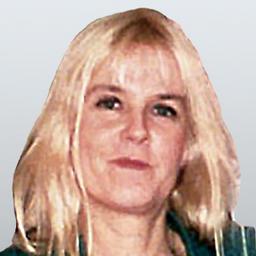What was it like to meet and work with President Ronald Reagan? Kristian Solem, 66, a California recording/mastering engineer, talked to The Epoch Times about his memories of recording an audiobook for the 40th U.S. president in 1990.
“Speaking My Mind” was a Simon & Schuster audiobook collection of Reagan’s major speeches during the course of his political career. Solem’s job was to sit with the president and record his introductions to each speech, which gave them context. They spent the better part of a day together. The speeches included one at Berlin’s Brandenburg Gate before the Eastern Bloc collapsed in 1991, a speech after the Challenger disaster, and a speech after the release of Beirut hostage David Jacobsen, the last two having taken place in 1986.





